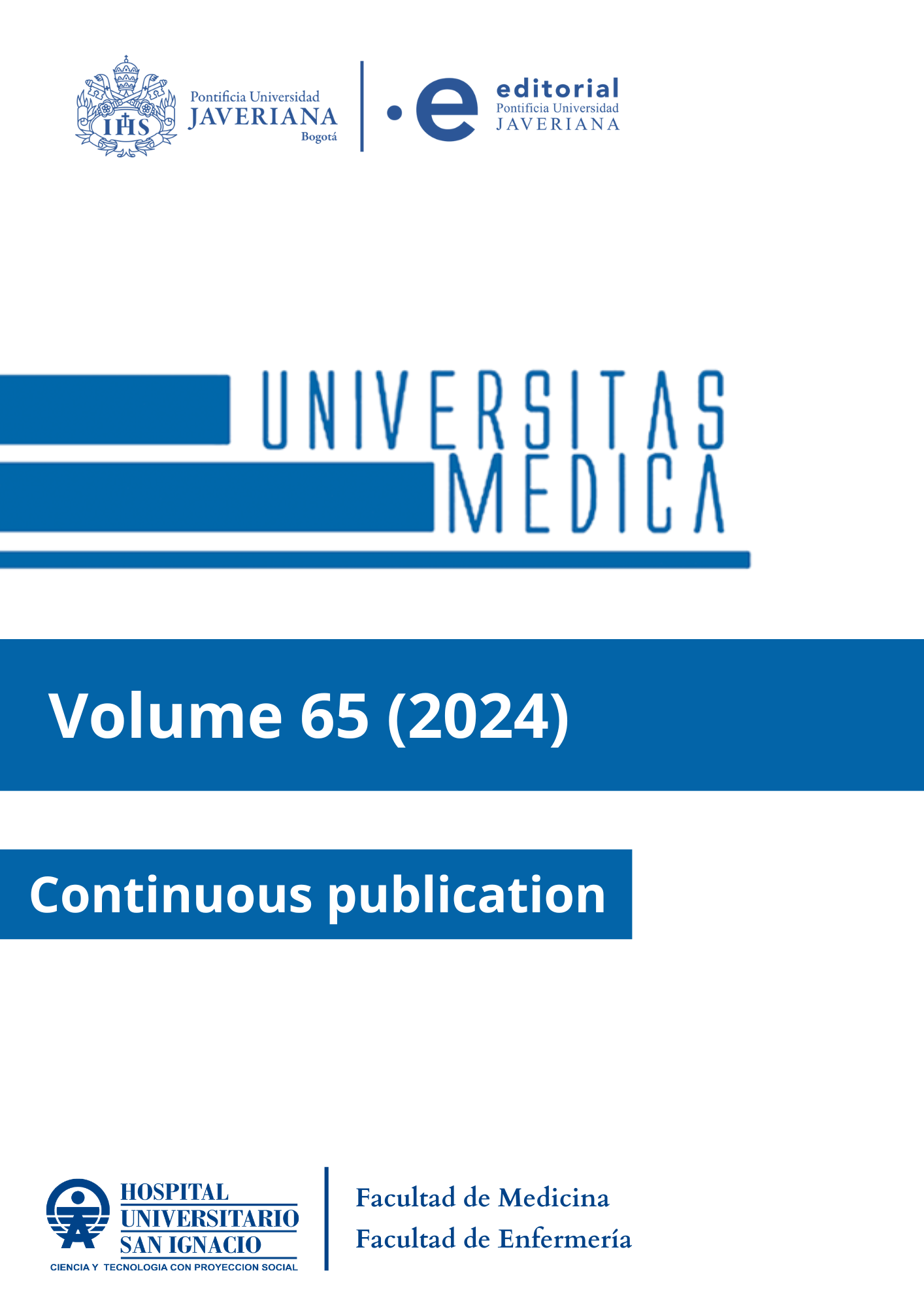Abstract
Objective: To understand the knowledge of nurses who work in maternity wards about abortion. Method: Qualitative research approach. An interview was used following a semi-structured script with 15 nurses who work in two maternity hospitals in a medium-sized cityin the Brazilian Northeast. The data were processed using the IRaMuTeQ software. Results: 5 classes were obtained, these were categorized thematically, generating 3 categories: types of abortion: spontaneous and induced; abortion identification and procedure; nursing actions for the care of women who have miscarried. Nurses are familiar with spontaneous and induced abortion, influencing their view of the problem, identifying bleeding and pain as signs and recommending humanized care. Conclusion: Spontaneous abortion causes more commotion among professionals, they identify characteristics of the abortion process and develop psychological support actions for these women. Greater discussions are needed on the topic, from training to strengthening permanent education spaces.
Ministério da Saúde (BR), Secretaria de Atenção à Saúde, Departamento de Ações Programáticas Estratégicas. Política nacional de atenção integral à saúde da mulher: princípios e diretrizes [Internet]. Brasília: Ministério da Saúde; 2004 [citado 2020 out 23]:82. Disponível em: http://bvsms.saude.gov.br/bvs/publicacoes/politica_nac_atencao_mulher.pdf
Cardoso BB, Vieira FMSB, Saraceni V. Abortion in Brazil: what do the official data say? Cad Saúde Pública. 2020;36(Suppl1):e00188718. https://doi.org/10.1590/01002-311X00188718
Decreto-Lei nº 2.848, de 7 de dezembro de 1940 (BR). Código Penal [Internet]. 1940 [citado 2020 out 23]. Disponível em: http://www.planalto.gov.br/ccivil_03/decreto-lei/Del2848compilado.htm
Domingues RMSM, Fonseca SC, Leal MC, Aquino EML, Menezes GMS. Unsafe abortion in Brazil: a systematic review of the scientific production, 2008-2018. Cad Saúde Pública. 2020;36(Suppl1):e00190418. https://doi.org/10.1590/0102-311X00190418
Diniz D, Medeiros M, Madeiro A. National Abortion Survey 2016. Ciênc Saúde Coletiva. 2017;22(2):653-60. https://doi.org/10.1590/1413-81232017222.23812016
Lourenço BC, Lourenço RLC. Aborto: uma análise do assunto. Rev Inter Animus [Internet]. 2020 [citado 2020 out 24];1(9):23-31. Disponível em: http://animus.plc.ifmt.edu.br/index.php/v1/article/view/40
Flick U. Qualidade na pesquisa qualitativa. Porto Alegre: Bookman Artmed; 2009.
Tong A, Sainsbury P, Craig J. Consolidated criteria for reporting qualitative research (COREQ): a 32-item checklist for interviews and focus groups. Int J Qual Health Care. 2007;19(6):349-57. https://doi.org/10.1093/intqhc/mzm042
Acauan LV, Abrantes CV, Stipp MAC, Trotte LAC, Paes GO, Queiroz ABA. Use of the IraMuteq® software for qualitative data analysis in Nursing: a reflective essay. Rev Min Enferm [Internet]. 2020;24:e-1326. Disponível: https://cdn.publisher.gn1.link/reme.org.br/pdf/en_e1326.pdf
Bardin L. Análise de conteúdo. Lisboa: Edições 70; 2016.
Ganatra B, Gerdts C, Rossier C, Johnson BR, Tunçalp Ö, Assifi A, et. al. Global, regional, and subregional classification of abortions by safety, 2010–14: estimates from a Bayesian hierarchical model. Lancet. 2017;390(10110):2372-81. https://doi.org/10.1016/S0140-6736(17)31794-4
Singh S (org.). Abortion worldwide 2017: uneven progress and unequal access [Internet]. Guttmacher Institute; 2018 [citado 2020 out 23];(1):68. Disponível em: https://www.guttmacher.org/sites/default/files/report_pdf/abortion-worldwide-2017.pdf
Oliveira MTS, Oliveira CNT, Marques LM, Souza CL, Oliveira MV. Factors associated with spontaneous abortion: a systematic review. Rev Bras Saude Mater Infant. 2020;20(2):361-72. https://doi.org/10.1590/1806-93042020000200003
Menezes GMS, Aquino EML, Fonseca SC, Domingues RMSM. Abortion and health in Brazil: challenges to research within a context of illegality. Cad Saúde Pública. 2020;36(Suppl1):e00197918. https://doi.org/10.1590/0102-311x00197918
Ferrari W, Peres S. Itineraries of solitude: clandestine abortion among adolescents in a favela in Rio de Janeiro’s South Zone, Brazil. Cad. Saúde Pública. 2020;36(Suppl1):e00198318. https://doi.org/10.1590/0102-311x00198318
Mainey L, O’Mullan C, Reid-Searl K, Taylor A, Baird K. The role of nurses and midwives in the provision of abortion care: A scoping review. J Clin Nurs. 2020;29(9-10):1513-26. https://doi.org/10.1111/jocn.15218
Ngwako K, Banke-Thomas A. ‘I guess we have to treat them, but…’: health care provider perspectives on management of women presenting with unsafe abortion in Botswana. Global Public Health. 2020;15(9):1308-21. https://doi.org/10.1080/17441692.2020.1751863
Camarneiro APF, Maciel JCSC, Silveira RMG. Vivências da interrupção espontânea da gravidez em primigestas no primeiro trimestre gestacional: um estudo fenomenológico. Rev Enf Ref. 2015; serIV(5):109-17. https://doi.org/10.12707/RIV14064
Manning V, Ganatra B, Gandhi M, Patil A. Adapting the WHO recommendations on health worker roles for safe abortion to a country setting: a case study from India. Int J Gynecol Obstet. 2020;150(S1):55-64. https://doi.org/10.1002/ijgo.13001
Borges LCV, Clemente NR, Netto L. (In)congruence in assisting women in situations of abortion: what academics say about their training processes. Rev Min Enferm [Internet]. 2020;24:e-1297. https://cdn.publisher.gn1.link/reme.org.br/pdf/en_e1297.pdf
Pereira AJ. O papel do profissional enfermeiro frente ao aborto em seus aspectos jurídicos, físico e emocionais. Revista Científica Multidisciplinar Núcleo do Conhecimento [Internet]]. 2018 [citado 2020 out 20];8(7):95-115. Disponível em: https://www.nucleodoconhecimento.com.br/saude/profissional-enfermeiro#:~:text=O%20C%C3%B3digo%20de%20%C3%89tica%20do,abortamento%20sejam%20aliviadas%20dos%20sintomas
Rodrigues WFG, Andrade DC, Dantas AS, Silva LR. Abortion: nursing assistance protocol: experience report. J Nurs UFPE [Internet]. 2017;11(8):3171-5. Disponível em: https://periodicos.ufpe.br/revistas/revistaenfermagem/article/view/110224
Costa PCP, Garcia APRF, Toledo VPT. Welcoming and nursing care: a phenomenological study. Texto Contexto Enferm. 2016;25(1):e4550015. https://doi.org/10.1590/0104-07072016004550014
Lima LM, Gonçalves SS, Rodrigues DP, Araújo ASC, Correia AM, Viana APS. Humanized care for women in abortion: a reflective analysis. J Nurs UFPE [Internet]. 2017;11(12):5074-8. https://doi.org/10.5205/1981-8963-v11i12a25126p5074-5078-2017
Purcell C, Cameron S, Lawton J, Glasier A, Harden, J. Contraceptive care at the time of medical abortion: Experiences of women and health professionals in a hospital or community sexual and reproductive health context. Contraception. 2016;93(2):170-7. https://doi.org/10.1016/j.contraception.2015.09.016

This work is licensed under a Creative Commons Attribution 4.0 International License.
Copyright (c) 2024 Rodrigo Jácob Moreira de Freitas, Thyago Jácome de Oliveira Maia, Wanderlândia Bezerra de Araújo, Marcelino Maia Bessa, Kalyane Kelly Duarte de Oliveira, Antonio Dean Barbosa Marques, Rubia Mara Maia Feitosa



